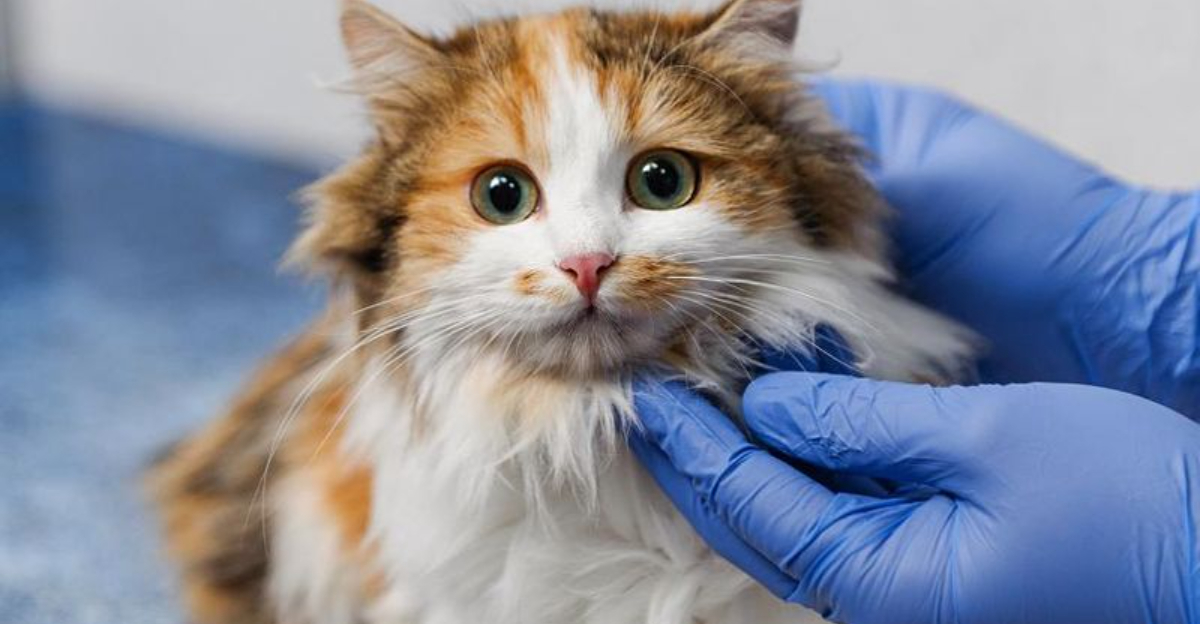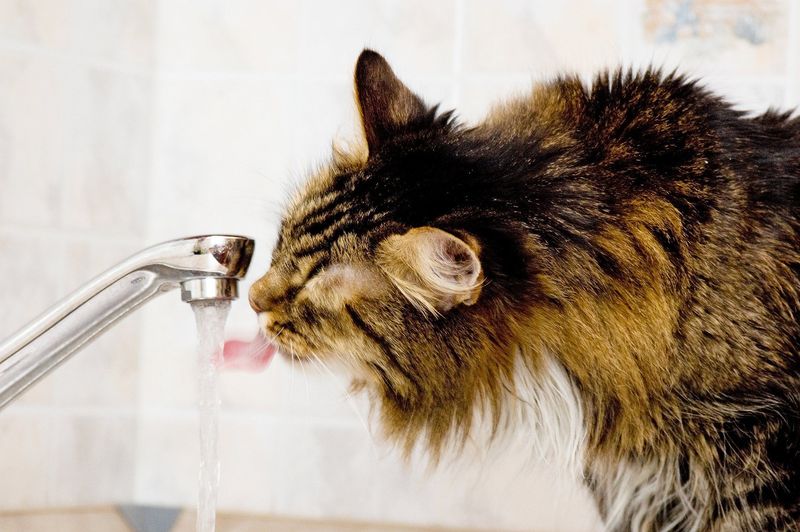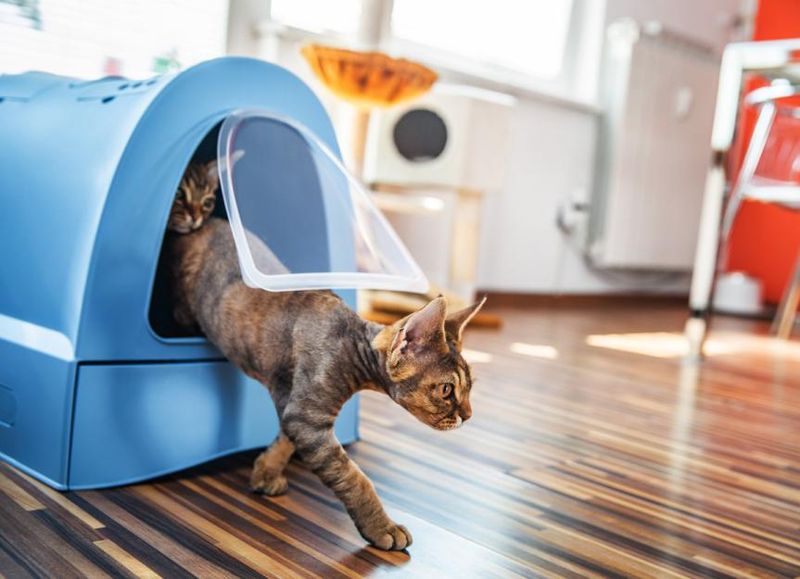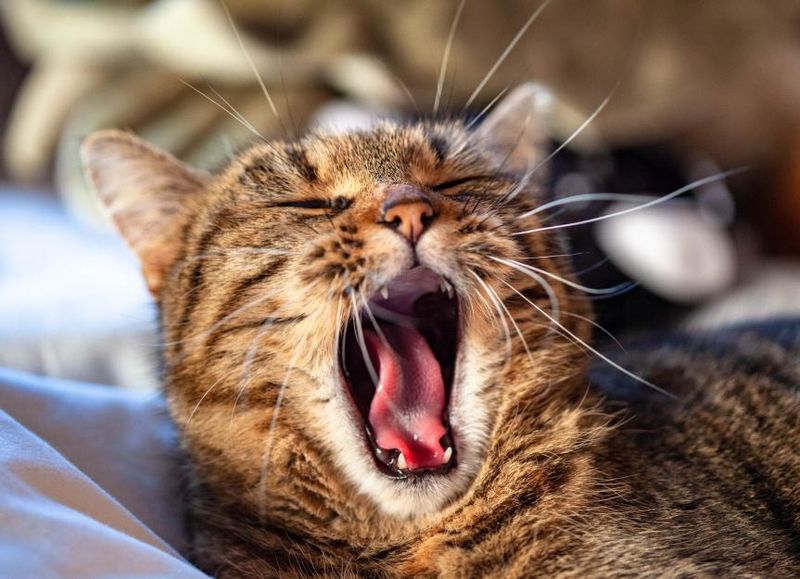📖 Table of Content:
Kidney disease in cats is one of the most common chronic illnesses affecting felines, especially as they age. Often dubbed a “silent threat,” this condition can progress with few noticeable symptoms until it reaches a more serious stage. Because cats are naturally skilled at hiding discomfort, it’s critical for owners to be able to recognize the subtle changes that may indicate something is wrong internally.
While some signs may appear mild or even seem like typical aging, they can actually point to deteriorating kidney function. The kidneys play a vital role in filtering waste from the blood, regulating hydration, and maintaining essential mineral balances. When these organs begin to falter, the effects ripple throughout the cat’s entire system, often showing up in ways that might not immediately seem related to kidney health.
Awareness is key. By learning to identify the early and major indicators of chronic kidney disease (CKD), pet parents can seek veterinary help before the condition progresses too far. Below are eight of the most important signs to watch for — each one a potential signal that your cat’s kidneys may need medical attention.
1. Increased Thirst (Polydipsia)
Noticeably higher water intake is often one of the first signs of CKD. A cat that suddenly begins drinking from unusual places — the sink, shower, or even your glass — might not just be quirky; it could be symptomatic. As the kidneys lose their filtering ability, they require more fluid to flush toxins from the bloodstream. This compensatory thirst results in cats drinking far more than their usual amount. You may find yourself refilling the water bowl more frequently or seeing puddles where there were none before. Although some increase in thirst is expected with warmer weather or dietary changes, persistent elevation is cause for concern. Monitoring water consumption is a simple but powerful way to catch kidney issues early.
2. Frequent Urination (Polyuria)
Changes in urination habits often go hand-in-hand with increased thirst. Your cat might start using the litter box more often, or you could notice larger clumps of urine than usual. In some cases, accidents around the house may begin to occur — especially if the litter box isn’t cleaned quickly enough. This increase results from the kidneys’ declining ability to concentrate urine, meaning more water is expelled with less efficiency. Unlike urinary tract infections, which often lead to straining or small volumes, CKD tends to cause frequent, larger amounts of dilute urine. It’s a good idea to track your cat’s litter box usage if you suspect something is off. Small, consistent changes in elimination habits can reveal big issues over time.
3. Weight Loss
Gradual weight loss is a red flag that can be easy to overlook, especially in long-haired or older cats. Without a scale, a pound or two might not seem significant — but it can represent a major health decline. CKD interferes with your cat’s ability to absorb and utilize nutrients properly, which contributes to muscle and fat loss. Over time, the body begins to break down tissue to compensate for the lack of usable energy. Even if your cat continues eating, their body may not be reaping the full benefit of the food. This process can also weaken their immune system, making them more vulnerable to other diseases. Regularly weighing your cat can help catch this early and guide your conversations with your vet.
4. Decreased Appetite
An unexplained drop in food interest is often linked to the discomfort or nausea associated with kidney disease. What once was a favorite meal may suddenly go untouched, or your cat might sniff food and walk away. This behavior often leads to a vicious cycle — less food intake contributes to further weight loss and weakness. The toxins accumulating in the blood affect not just physical well-being but also appetite-regulating hormones. Cats may also avoid dry food due to mouth ulcers or dehydration, which can make chewing painful. Feeding time can become frustrating for both pet and owner as favorites are rejected repeatedly. If your cat consistently refuses meals, it’s time to explore the cause with your veterinarian.
5. Vomiting or Nausea
Occasional vomiting may be normal in cats, but when it becomes frequent or is accompanied by other symptoms, it’s worth investigating. Toxins that build up in the blood due to kidney malfunction can irritate the stomach lining and trigger nausea. Cats experiencing this may vomit shortly after eating or even on an empty stomach, sometimes bringing up foam or bile. You may also notice lip licking, drooling, or a hunched posture indicating gastrointestinal discomfort. These symptoms can reduce food intake, compounding weight loss and malnutrition. Over time, repeated vomiting depletes essential fluids and worsens dehydration. Seeking medical attention early can help manage these symptoms and improve quality of life.
6. Bad Breath (Uremic Odor)
Smelling a cat’s breath may not be a common habit, but foul or ammonia-like odors can be a striking sign of uremia. When the kidneys fail to eliminate waste effectively, toxins circulate through the bloodstream and can emit through the lungs. This condition gives the breath a distinctly sour or metallic scent, sometimes compared to urine. Along with the smell, ulcers may form in the mouth, further contributing to the discomfort and odor. If your cat resists mouth contact or grooming, it could be due to oral pain caused by these changes. This symptom can also hint at advanced disease progression and should prompt immediate veterinary evaluation. Paying attention to your cat’s scent — even if subtle — can offer vital clues to internal health.
7. Lethargy or Depression
Low energy levels may be dismissed as aging, but in cats with CKD, it’s often the result of metabolic imbalance and toxin buildup. Your typically alert and playful feline may begin sleeping more, hiding in quiet corners, or avoiding interaction. Fatigue is a common consequence of anemia, which frequently accompanies chronic kidney disease due to reduced production of red blood cells. Affected cats may also move more slowly, appear weaker when jumping, or lose interest in toys and routines. Lethargy can signal both physical and mental fatigue, as the condition takes a toll on overall wellness. Watching for behavioral shifts is essential, especially if they appear suddenly. Early intervention can help restore comfort and activity levels.
8. Poor Coat Condition
A glossy, well-kept coat is often a sign of good feline health, but kidney disease can take that away. Grooming may decrease as your cat feels increasingly unwell, resulting in a greasy, matted, or flaky appearance. Additionally, dehydration can affect skin elasticity and coat texture, making the fur look dull and lifeless. CKD-related imbalances in the body may also impact the distribution of essential nutrients needed for healthy skin and hair. Even if your cat previously groomed obsessively, they might now neglect their usual habits. These outward changes are often among the most visible signs of internal disease. By staying observant, pet owners can catch such subtle transformations before the condition worsens.








